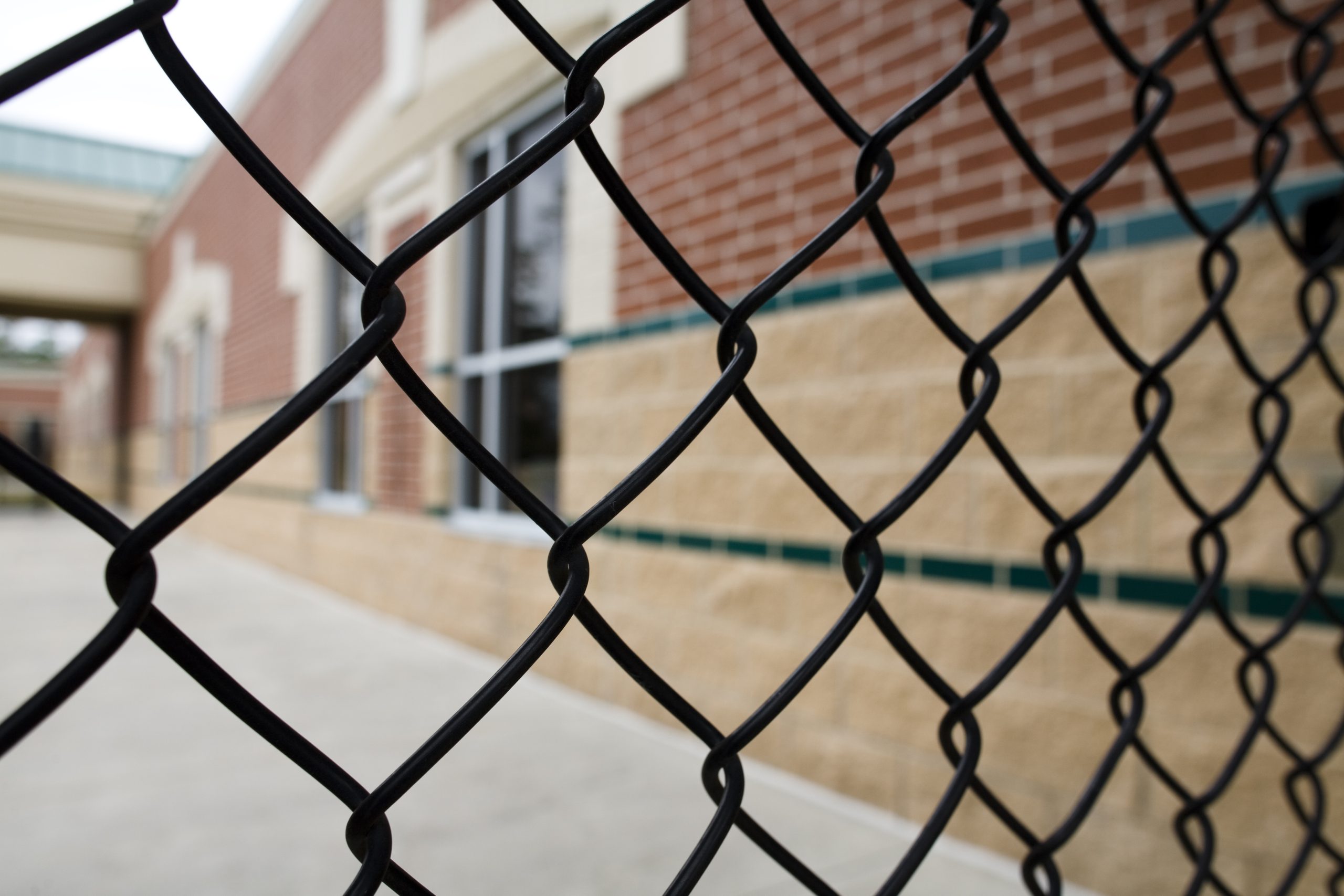Recent changes to the state’s Education Code and legislative updates related to school safety were detailed during an Aug. 8 webinar hosted by the California Department of Education (CDE).
Schools are required to develop comprehensive safety plans that include procedures for emergencies, safety drills and crisis response to ensure schools are prepared for an array of scenarios. They are reviewed, updated and readopted annually.
The plans aim to foster safe and secure environments for students, staff and visitors, said Tom Herman, administrator for CDE’s School Health and Safety Office. The documents should be developed in collaboration with community partners such as first responders, and staff must receive relevant training.
“Schools must update their safety plans to conform to the new legal requirements,” Herman said. “Training with staff, students and parents is critical for successful implementation.”
Incorporating procedures for conducting tactical responses to criminal incidents, including incidents involving firearms on campuses or at school-related events, is a newer requirement local educational agencies must consider. Procedures should be tailored to individual site needs.
“The physical structures and locations of schools alone may dictate how different schools and law enforcement respond to criminal incidents,” Herman added.
Another recent addition to Education Code tasks schools with establishing measures to handle active shooter or armed assailant incidents by assessing and responding to reports of dangerous, violent or unlawful activity — including protocols to handle potential threats.
“I want to stress the word ‘assess’ here. Many times you have to assess a threat or perceived threat before you can respond,” Herman noted.
LEAs must also have opioid overdose response protocols in place so there are guidelines for how to respond when a student is, or is believed to be, overdosing. This allows staff to be prepared and act quickly and effectively in the moment.
California school districts and county offices of education are required by July 1, 2025, to establish continuity plans to ensure students are provided instruction when natural disasters or other states of emergencies make in-person classes impossible. Get all the details on this mandate here.
“This is based on the reality we’ve seen recently with disasters, especially wildfires in California, and so schools have to develop plans to continue instruction whether it’s remote or in person, and of course attend to the trauma and the social-emotional needs that students and staff have,” Herman said.
Assembly Bill 452, signed by Gov. Gavin Newsom in 2022, requires schools to notify parents/guardians about methods of safe storage in an effort to reduce the risk of unauthorized individuals gaining access to firearms,
“Guns are the third leading cause of death for kids in America … Data shows that 75 percent of school shootings are facilitated by kids having access to unsecured or unsupervised guns at home. Eighty-seven percent of kids know where their parents’ guns are kept and 60 percent report that they have handled them,” Herman said. “Two children and teens either die or survive a suicide attempt each day in our country and over 80 percent of teens who commit suicide with a gun used one that belonged to someone in their home.”
Senate Bill 906 mandates that school staff report any homicidal threat made by students (grades 6-12) to law enforcement.
Herman said the department will offer ongoing training opportunities this year on the formation of behavioral threat assessment teams as they are an “essential element of determining whether things that students say, that they write, that they draw pictures of … do they constitute a threat or are they something that is within the adolescent continuum of behavior.”
The CDE’s website has a compliance tool for LEAs that reflects the latest Education Code updates.




